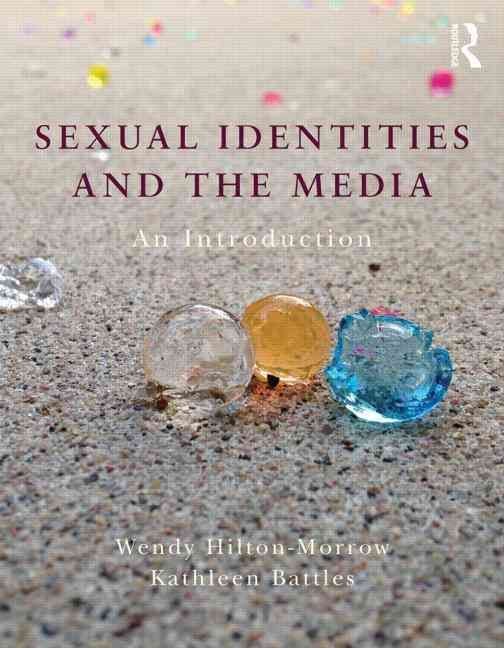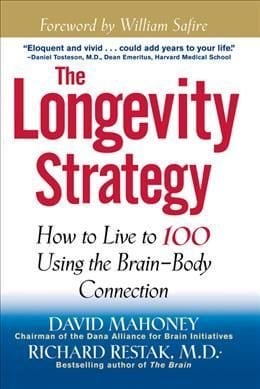Covering the years of Japanese invasion during World War II from 1937 to 1945, this essay collection recounts Chinese experiences of living and working under conditions of war. Each of the regimes that ruled a divided China-occupation governments, Chinese Nationalists, and Chinese Communists-demanded and glorified the full commitment of the people and their resources in the prosecution of war. Through stories of both everyday people and mid-level technocrats charged with carrying out the war, this book brings to light the enormous gap between the leadership’s demands and the reality of everyday life. Eight long years of war exposed the unrealistic nature of elite demands for unreserved commitment. As the political leaders faced numerous obstacles in material mobilization and retreated to rhetoric of spiritual resistance, the Chinese populace resorted to localized strategies ranging from stoic adaptation to cynical profiteering, articulated variously with touches of humor and tragedy. These localized strategies are examined through stories of people at varying classes and levels of involvement in living, working, and trying to work through the war under the different regimes. In less than a decade, millions of Chinese were subjects of disciplinary regimes that dictated the celebration of holidays, the films available for viewing, the stories told in tea houses, and the restrictions governing the daily operations and participants of businesses-thus impacting the people of China for years to come. This volume looks at the narratives of those affected by the war and regimes to understand perspectives of both sides of the war and its total outcomes. Living and Working in Wartime China depicts the brutal micromanaging of ordinary lives, devoid of compelling national purposes, that both undercut the regimes’ relationships with their people and helped establish the managerial infrastructure of authoritarian regimes in subsequent postwar years.












